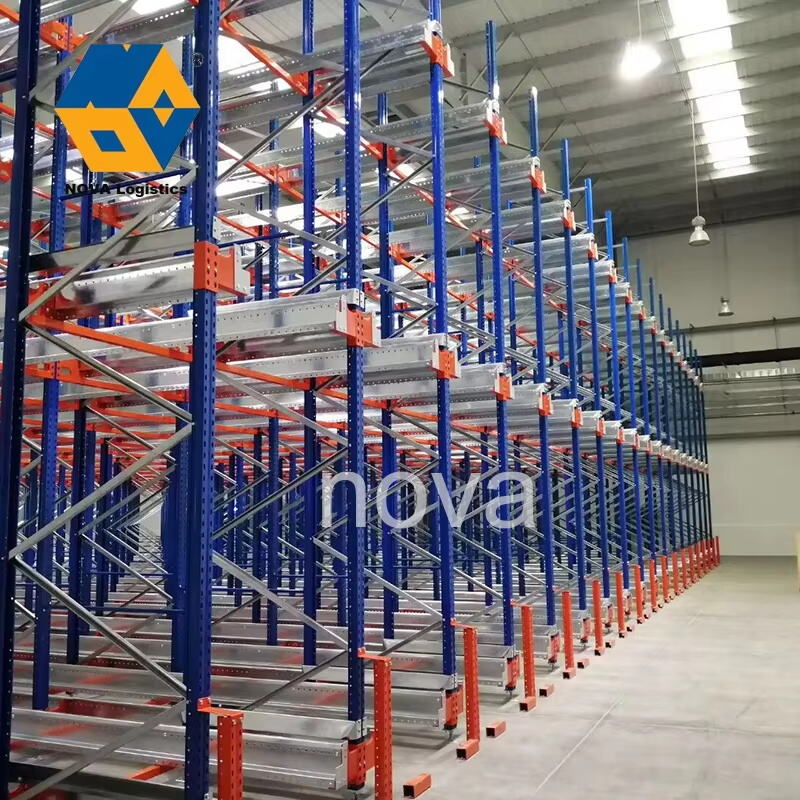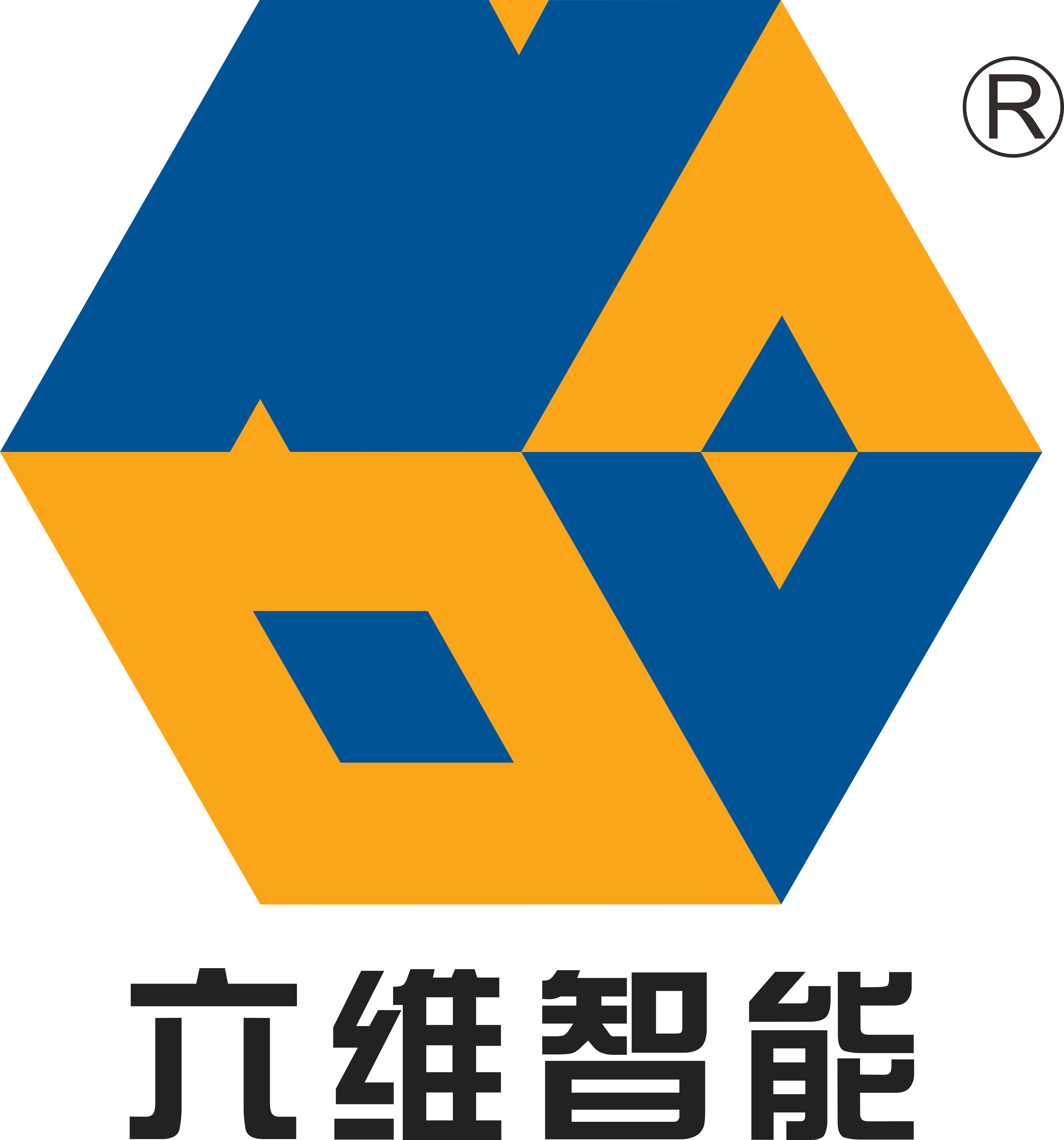Cost-Effective Manufacturing and Accessibility
Competitive Pricing Strategies
Getting warehouse automation right means having pricing strategies that work across different markets. Developed countries often stick with cost plus pricing, basically taking what it costs to make something and then adding on a profit margin. But things look different in emerging markets where companies tend to go after market share fast by slashing prices. This difference shows why varying pricing approaches matter so much when trying to reach customers in different parts of the world. Bulk buying and smart deals with suppliers also help keep prices competitive. Companies that buy in volume and build good relationships with their suppliers typically cut costs quite a bit while making themselves more attractive to buyers. Regional differences definitely shape how all this plays out. Take China for instance, where warehouses have been adopting automation tech at a surprising rate lately. We're seeing lots of shuttle systems and other automated solutions popping up there, which helps explain why their cost structures are changing so rapidly.
Rapid Deployment and Reduced ROI Timelines
Getting warehouse automation up and running quickly makes all the difference when it comes to cutting down on how long it takes to see returns on investment. Two main ways companies do this fast are by using agile management techniques and pre-built system components. These approaches mean breaking projects into manageable chunks, getting resources where they need to go without waste, and installing systems right at the warehouse location instead of waiting for custom builds. Looking at what's happening in the industry, some businesses actually start seeing their money back in as little as 18 months. Real world examples show warehouses that automated their operations saw huge boosts in how much they could process each day while spending less time waiting for machines to fix themselves. When companies implement these speed-focused automation strategies, they save money on resources and grow faster too, which explains why so many businesses around the world are investing heavily in warehouse tech upgrades these days.
Cutting-Edge Technology Integration
AI and IoT-Driven Operations
These days, AI and IoT are pretty much essential parts of running warehouses efficiently and accurately. Artificial intelligence helps get things moving faster through supply chains by using those fancy prediction tools and keeping tabs on everything as it happens. Take demand forecasting for example. With AI, businesses know exactly what stock they need to keep on hand, which cuts down on waste significantly. Meanwhile, the Internet of Things works wonders too. Those little smart sensors throughout warehouses track inventory in real time so managers can react fast when something goes wrong in the supply chain. Companies at the top of their game, Amazon being one, have shown that combining these technologies boosts productivity around 20%, making operations smoother while cutting down on all that frustrating downtime everyone hates.
Precision Engineering and Reliability
Recent improvements in precision engineering are making automated warehouse systems far more reliable than they used to be. Things like advanced robotics and smarter software have cut down on mistakes across the board, so operations run consistently without hiccups. The result? Warehouse managers see lower repair bills and fewer shutdowns when machines break down or need servicing. Industry professionals point out that reliable automation matters a lot for keeping customers happy because packages get delivered on time and exactly right. When warehouses invest in these precise technologies, they build confidence among clients while actually improving their bottom line through better service delivery and reduced waste.
Industry-Specific Customization Capabilities
E-Commerce Optimization
The rise of online shopping brings all sorts of headaches for warehouses, but automation offers real solutions. With more people buying stuff online than ever before, retailers are under constant pressure to get packages out the door fast and right. Robotic arms grabbing items off shelves and conveyor belts that know exactly where to send each box have become pretty standard these days. Take a look at what big logistics firms are doing - many now run their operations based on AI predictions about when demand will spike, so they always have enough stock ready to go. Makes sense really, since nobody wants to wait weeks for their new gadget. According to official figures from last year, Chinese cross border e-commerce hit around 2.38 trillion yuan worth of business. That kind of growth means warehouses need to keep evolving their layouts and investing in better machines if they want to stay competitive in this fast paced market.
Cold Chain Adaptability
Keeping things at just the right temperature during transport and storage is absolutely critical when dealing with food products and medicines. That's where specialized automation comes into play, helping to monitor temperatures constantly and make necessary changes on the spot so nothing gets spoiled or damaged. These sophisticated systems often feature built-in sensors along with smart refrigeration controls that keep everything within safe ranges. We're seeing massive growth in the cold chain industry right now, driven largely by technological advances. Industry insiders point out that bringing all these tech innovations together doesn't just speed things up it also helps companies stay on top of those strict regulations they have to follow. Looking ahead, as new technologies continue to emerge, warehouses will likely see even better automation options for managing their cold storage needs, which makes sense given how much businesses rely on dependable logistics for perishable items these days.
Sustainability in Automated Storage Solutions
Energy Recovery Systems
Energy recovery systems help cut down on waste while boosting efficiency across warehouse operations. The basic idea is simple enough these days warehouses can catch and put back to work energy that normally gets wasted during things like heating, cooling, or running machines around the clock. Take ABC Logistics for example they've got this cool system where heat from their equipment actually powers the lights throughout the facility, cutting down on electricity bills significantly. Same story at XYZ Warehousing too. And let's not forget about what's happening with government support either. There are all sorts of financial incentives out there now that make going green financially smart for business owners. Many programs will actually chip in on those upfront costs and offer tax breaks, so investing in better energy tech isn't just good for the planet anymore it makes real economic sense as well.
Recyclable Material Usage
Adding recyclable components to automated systems makes a real difference for warehouses trying to cut down their environmental footprint. When companies go with materials that actually get recycled rather than ending up in landfills, they're helping build a circular economy right there in logistics operations. Some recent studies point out that businesses going green report cutting waste by as much as 40% in certain cases. Take for instance how many warehouses now specify stainless steel parts or aluminum frames during equipment upgrades these days. These changes help reduce trash while making maintenance cheaper over time. The whole industry seems to be moving this way too, with new warehouse builds increasingly featuring recycled content from day one. And let's face it, customers want sustainability now more than ever. Stakeholders keep asking about carbon footprints and waste management plans, so companies either adapt or risk falling behind competitors who already made the switch.

Global Adoption and Market Leadership
Expansion in Emerging Markets
The warehouse automation sector is really taking off in places like Asia and Africa where there's been a lot more money flowing in lately plus better tech options becoming available. With all the extra stuff needing to be moved around, businesses in these areas are jumping on board with automated solutions for their warehouses. Take a look at Research and Markets data showing that Asia Pacific is currently leading the charge when it comes to adopting new warehouse automation tech. We're seeing companies across the region roll out things like self-driving robots and guided vehicles throughout their facilities. These innovations are changing how warehouses operate in countries that are just starting to industrialize. The bottom line? They get things done faster while spending less on day-to-day running costs compared to traditional methods.
Strategic Partnerships with Logistics Giants
Partnerships really matter in warehouse automation these days. When companies combine their knowledge, they can boost technology and offer better services overall. Take a look at what happens when big logistics firms team up with tech companies - we've seen some pretty cool innovations come out of these collaborations, plus operations expanding across borders. Companies like XYZ Logistics working with ABC Tech Solutions have definitely helped them stay ahead in the market. These kinds of relationships actually work wonders for improving how warehouses operate automatically. As supply chains get more complicated and customer expectations keep rising, having strong partner networks becomes almost essential for staying competitive in this fast changing industry.
Future-Ready Innovations and Projections
Hydrogen Power Integration
Hydrogen fuel cells offer exciting possibilities for cutting down emissions and boosting energy efficiency in warehouse environments. These cells generate absolutely no carbon emissions, so warehouses adopting them can slash their environmental footprint while still getting reliable power output. Several pilot programs have already demonstrated how well hydrogen works in practice. For instance, major logistics companies in Europe and Asia have started testing hydrogen-powered forklifts and material handling equipment with impressive results. Industry analysts predict that funding for hydrogen tech will jump substantially within the coming ten years, which makes sense given current worldwide sustainability targets and growing demand for greener alternatives. Switching to hydrogen isn't just good for the planet either it helps warehouses stay ahead of regulatory requirements and potentially lowers long term operating costs through reduced maintenance needs compared to traditional battery systems.
5G-Enabled Smart Warehousing
Smart warehousing is getting a major boost from 5G technology, changing the way facilities handle communications and run their automated systems. The super fast data speeds mean warehouse managers can monitor operations in real time, machines talk to each other without hiccups, and automation works better than ever before. Looking ahead, we should see even bigger improvements as this tech continues to develop, helping warehouses respond quicker to changes and run smoother overall. Some companies have already started implementing 5G solutions with noticeable results - faster connections between devices, better access when workers need it remotely, and safer working conditions thanks to improved monitoring systems. Supply chains that adopt 5G will find themselves moving goods around much more efficiently while still keeping up with customer demands. As more warehouses upgrade their infrastructure for 5G compatibility, they'll stay ahead of the curve in an industry where digital transformation isn't optional anymore.
FAQ
What are competitive pricing strategies in warehouse automation?
Competitive pricing strategies involve cost-plus pricing in developed markets and market penetration strategies in emerging markets. These strategies, including bulk purchasing and supplier negotiations, aim to reduce costs while catering to diverse economic needs.
How does rapid deployment reduce ROI timelines?
Rapid deployment through agile project management and prefab systems enables swift implementation of automation solutions, leading to faster returns on investment. This approach optimizes resource use, enhances throughput, and reduces downtime.
What role do AI and IoT play in warehouse operations?
AI and IoT enhance efficiency in warehouse operations through predictive analytics and real-time inventory monitoring. AI forecasts demand and maintains optimal inventory, while IoT enables quick responses to supply chain needs.
How does precision engineering improve automation systems?
Precision engineering enhances system reliability by reducing errors and maintenance costs. It ensures consistent operational performance, boosting customer satisfaction through timely and accurate deliveries.
How can warehouse automation address e-commerce challenges?
Warehouse automation streamlines e-commerce operations by utilizing robotic pickers, smart conveyor belts, and AI analytics to enhance speed, accuracy, and inventory management, meeting the unique demands of e-commerce.

